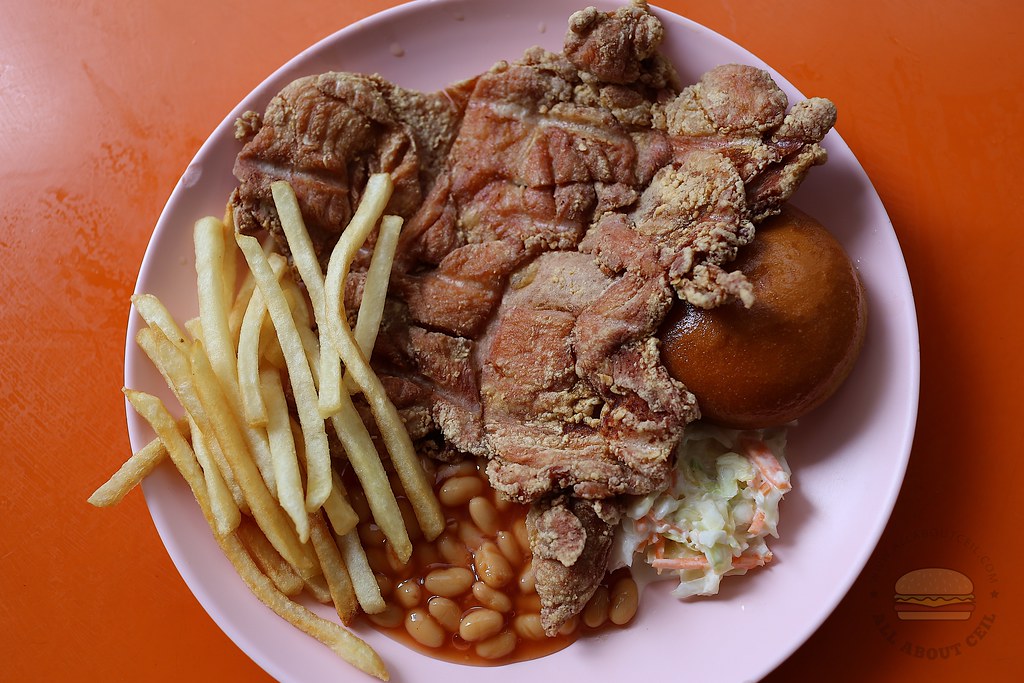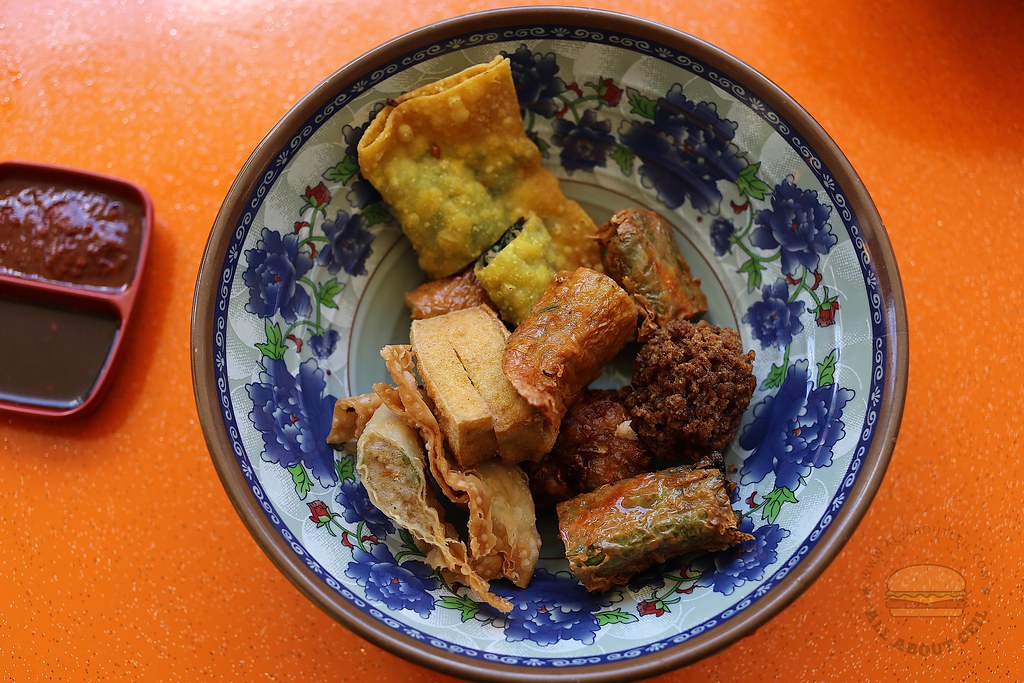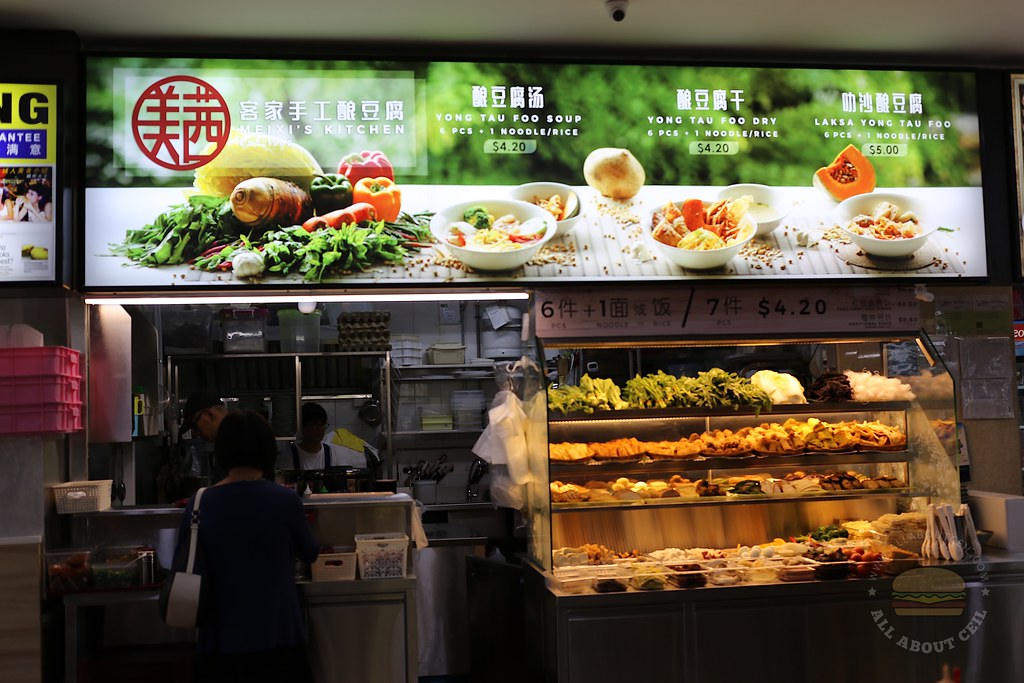Tokyo is the capital of Japan, it is the world's most populous metropolis and it offers seemingly unlimited choices of dining to its visitors. It has almost everything that is expected of a city and it has more Michelin-starred eateries than any other city as well. I am in love with this city and these are some of the best eats during my trips.
IZUEI HONTEN
2 Chome-12-22 Ueno, Taito-ku, Tokyo-to 110-0005, Japan
Operating Hours: 11.00 am to 10.00 pm (Daily)
This 260 years old restaurant is just a stone's throw away from the Ueno train station. They are still using the traditional methods of cooking eels that have been passed down for generations. Please ask for an English menu if you have difficulties in ordering.
Himeijyu, literally means 'Princess Box' which consists of a two-tiered bowl, the top layer is filled with various veggies and seafood as an appetizer and the bottom layer is unagi with rice, served with a Kimosui (eel liver soup) and a dish of Japanese pickles. The set is priced at ¥3,780.
Tonojyu, which means 'Prince Box', consists of 2 layers of unagi and rice, a layer on top of another layer and it also served along with kimosui and Japanese pickles at ¥6480.
NIHONBASHI TAMAI ANAGO
2-9-9 Nihonbashi, Chuo-ku
Operating Hours: 11.00 am to 2.00 pm / 5.00 pm to 9.30 pm (Mon to Fri) / 11.30 am to 3.30 pm / 4.30 pm to 8.30 pm (Sat, Sun & PH)
This Michelin Bib Gourmand-rated eatery is specialized in Anago Chirashi, it is quite a rare find in Tokyo as most of them are specialized in serving unagi. Their main outlet in Nihonbashi, located in an old Showa building that has a long history dated back to Showa 28 (1953). Hakomeshi is a must try if you are here, Hakomeshi is a term coined by Tamai to describe the style of eating their anago in the traditional Japanese lacquered boxes, which in the 1600s, were tiered into 3 to 5 layers as a convenient way to store and transport food. There are 3 different sizes, the small one at ¥1,750, the medium one at ¥2,950 and the large one at ¥3, 950.
Do not eat it all but left a quarter for the chazuke, a Japanese dish made by pouring the dashi (broth) over cooked rice. This is done by placing the cooked rice and anago into the small bowl then pour the hot anago dashi over it. You may also sprinkle the remaining negi and yuzu to flavor it.
To experience Tamai's Hakomeshi, first is to choose the type of anago, there is a choice of simmered in sweet sauce or cooked on the grill, you could also choose to have both, it is serving on rice. To start, have a few bites in the original flavor to experience the fresh and seasonal anago. Then, for a change in flavor, add a touch of wasabi (Japanese horseradish) for a spicy mustard taste. Next, try to sprinkle with some Japanese spices, like 'negi' (leeks) for a mild onion flavor and 'yuzu' for a fresh citric flavor.
ISEHIRO KYOVASHI
1-5-4 Kyobashi Chuo-ku Tokyo 10-0031
Operating Hours: 11.30 am to 2.00 pm / 4.30 pm to 9.00 pm (Closed on Sundays & Public Holidays)
Opened in 1921, they are specializing in yakitori using selected quality ingredients. It has maintains the same high standard all these years. The five-skewer yakitori-don at ¥1,850 during lunch is strongly recommended. It consists of a variety of different chicken parts like the liver and lean Sasami breast, featuring different flavors and textures.
NARIKURA
1-32-11 Tadadanobaba, Shinjuku, Tokyo, Japan
Operating Hours: 11.00 am to 2.00 pm / 5.30 pm to 8.30 pm (Closed on Thur & Sun)
It is recommended on the Michelin Bib Gourmand list. There is always a queue and it is usually long, it extends from the basement stairway to street level mostly. There are 2 main types of pork for selection, there is Rosu (loin) and the other is Hire (fillet). Loin has more fats in the meat, it is usually more tender than the fillet.
There are different types of tonkatsu, Kiramugi at 190 grams for ¥3200 is amongst the popular choices, using the Aguu breed pork from Okinawa. Another recommended item would be Snow-aged Pork at the same weight and price from Niigata. The orders are served with shredded cabbage, potato salad, Japanese pickles and a bowl of miso soup. Their tonkatsu, arguably, amongst the best in Tokyo.
GYUKATSU MOTOMUTA
3-32-2 Shinjuku, B1F, Shinjuku 160-0022, Tokyo, Japan
Operating Hours: 11.00 am to 9.00 pm
Gyukatsu, a deep-fried breaded beef cutlet is as popular as the other Japanese cuisines that you got to try. It is like Tonkatsu but not quite so. This is arguably the most popular restaurant in Tokyo for serving this dish. There are a few outlets in Tokyo and the queues are usually quite long no matter which outlet, it is so even during the odd hours. The menu is quite simple, the only item there is gyukatsu at different sizes, starting from 100 grams (¥1,200) 130 grams (¥1,400) and 260 grams (¥2,100). There is an option to have it with grated yam for an additional ¥100 and it is supposed to drizzle over the rice.
The sliced beef is served rare but you could cook it to your preferred doneness using the small grill. It is served along with a pile of cabbage, barley rice, potato salad, pickles, and miso soup. There are also condiments available on every table to go with the gyukatsu.
SHIN UDON
2 151 0053, 2 Chome-20-16 Yoyogi Shibuya Tokyo 151-0053 Japan
Operating Hours: 11.00 am to 10.00 pm (Mon to Thu & Sun) / 11.00 am to 11.00 pm (Fri & Sat)
This is a restaurant specializing in Udon, just a stone's throw away from Shinjuku station, close to the popular Fu-unji ramen. They have been consistently ranked amongst the best udon restaurants since their opening in April 2011.
Their menu has simple descriptions in English. The price range is in between ¥1,000 to ¥1,300 per dish. There is a selection of Zaru Udon, Kake Udon and Bukkake Udon. Zaru Udon is boiled and served cold with the dipping sauce served separately, its texture is springier with a richer flavor. Kake Udon is boiled and served in a lighter taste hot broth, its texture is smoother as compared to the Kake Udon. The Bukkake Udon is boiled then served with a bit of broth, its texture is in between Zaru Udon and Kake Udon. The recommended dish to try is Kake Udon with tempura set at ¥1,300.
FUUNJI
2-14-3, Yoyogi, Shibuya-ku, 151-0053 Tokyo, Japan
Operating Hours: 11.00 am to 3.00 pm / 5.00 pm to 9.00 pm (Mon to Sat)
This is a small shop hidden on a quiet street near Shinjuku Station and not too far from Shin Udon. They serve one of the best bowls of tsukemen in Tokyo. And, there is always a queue. You will order from the vending machine and wait further. There are 2 types of ramen and 2 types of tsukemen, the regular and the special option, and the special options included an egg and pork belly. Tsukemen is recommended as this is what they are known for. Deluxe Tsukemen, which also known as Special Dipping Noodle is priced at ¥1000, it is the same price for the portion size of noodles from small to the large serving.
The flavors and textures nicely complemented each other for a perfect balance. There was nori, pork belly, bamboo shoots and a soft-boiled egg in the broth with dashi powder.

















































